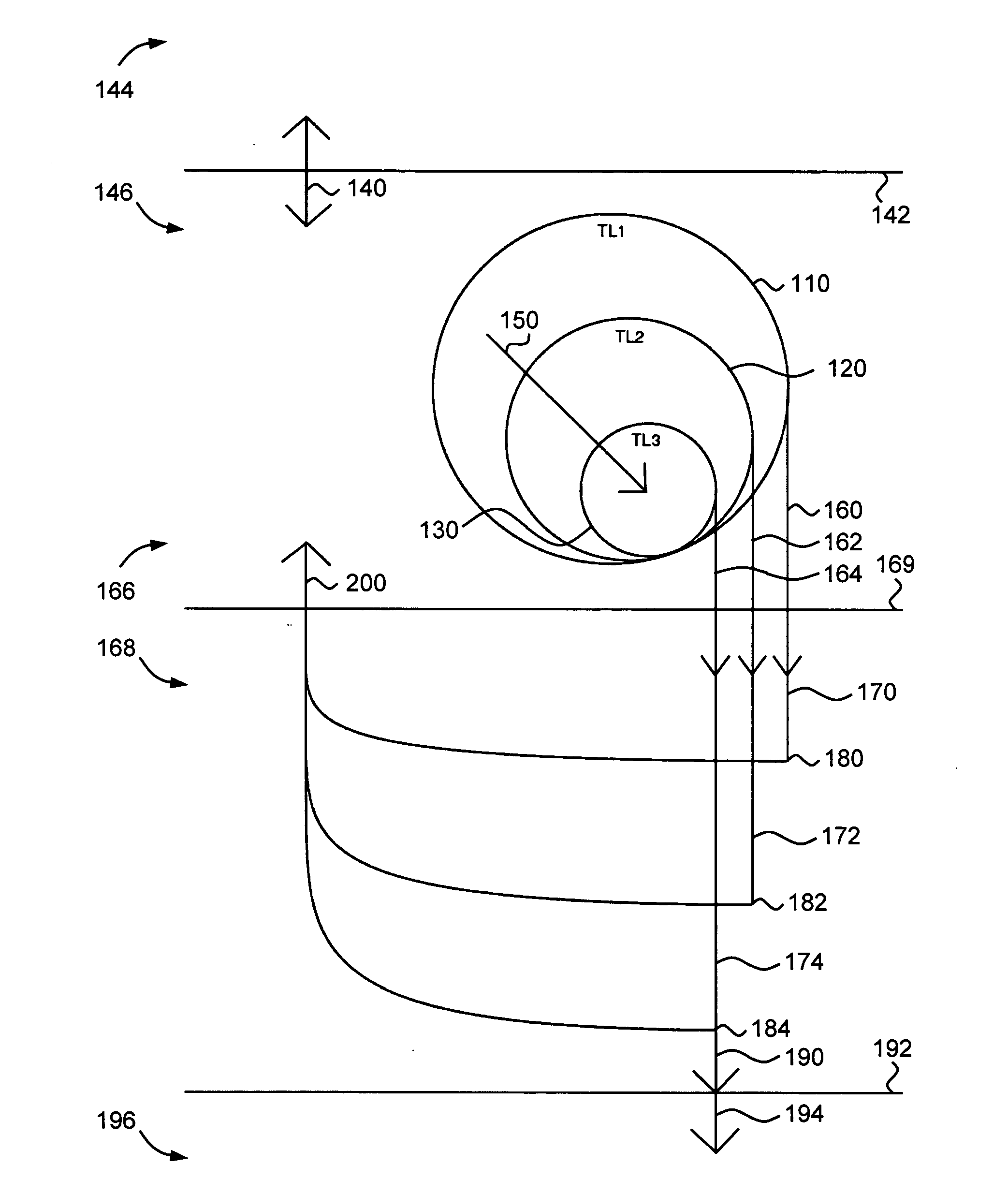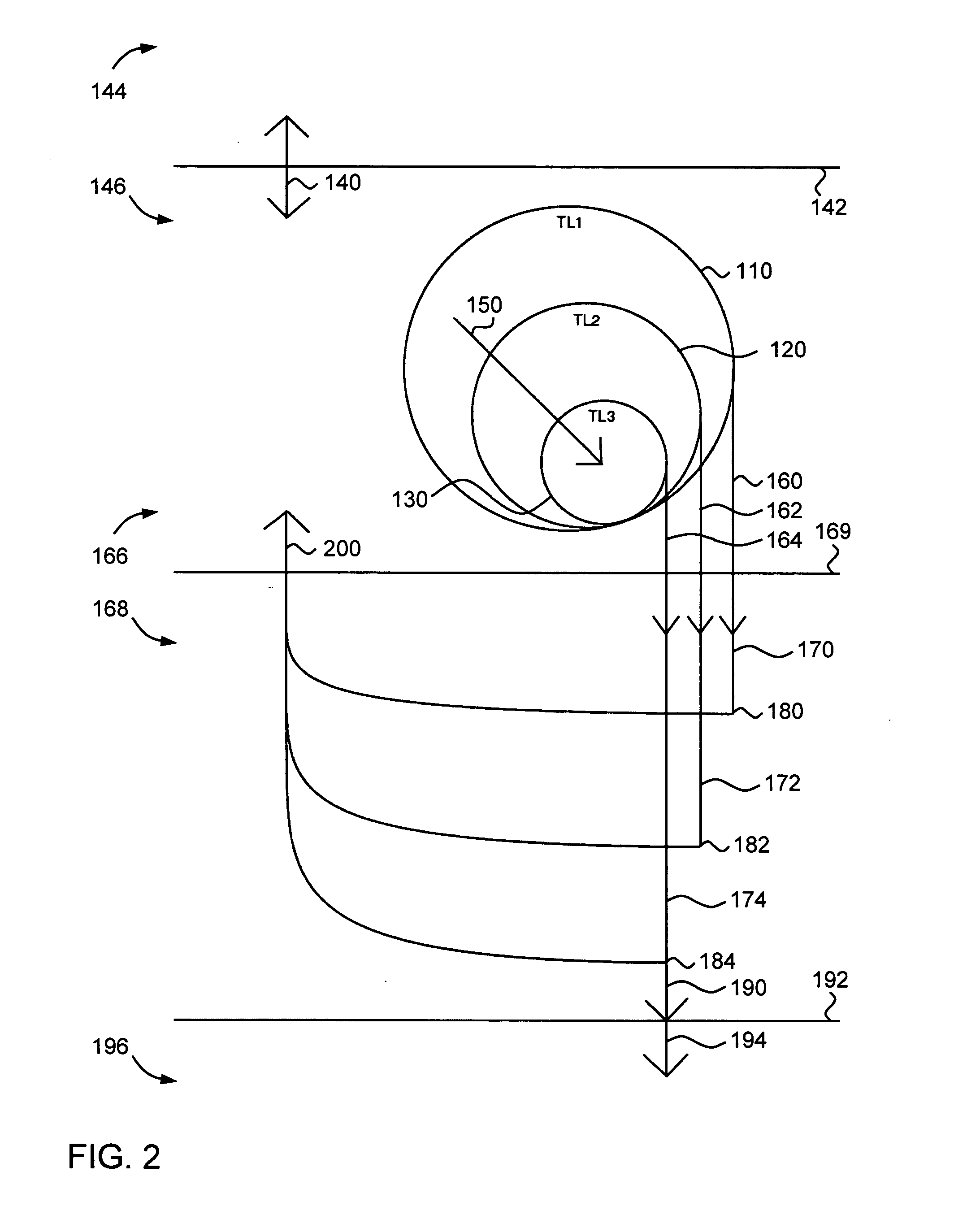Method of sequestering carbon dioxide in aqueous environments
a technology of carbon dioxide and aqueous environment, applied in the field of carbon dioxide storage, can solve the problems of global scale environmental problems, elevated atmospheric carbon dioxide, significant depletion of living marine resources, etc., and achieve the effects of increasing the level of carbon dioxide sequestration, and increasing the production of rapid sinking and refractory pm
- Summary
- Abstract
- Description
- Claims
- Application Information
AI Technical Summary
Benefits of technology
Problems solved by technology
Method used
Image
Examples
Embodiment Construction
Area Assessment
[0012] The area to which OHTL are added is defined by the natural geographic range of the OHTL and is specific to each OHTL. The geographic extent of the area depends on various factors including the dispersal pattern of the OHTL added, environmental factors (e.g., oceanographic and atmospheric weather), and other physical, chemical, and biological factors. Some OHTL remain within geographically limited and distinct environments, some move between environments as a function of season and biological development, and some forage across great distances.
[0013] Whether an area of the ocean is suitable for OHTL addition so that CO2 is sequestered depends on a number of factors. Adding OHTL to an area must be done in an ecologically sound manner. The area must be determined to be within the physical, chemical, and biological tolerance limits of the OHTL. Physical factors that may influence organism survival include light availability, temperature, salinity, and physical p...
PUM
| Property | Measurement | Unit |
|---|---|---|
| Temperature | aaaaa | aaaaa |
| Viscosity | aaaaa | aaaaa |
| Area | aaaaa | aaaaa |
Abstract
Description
Claims
Application Information
 Login to View More
Login to View More - R&D
- Intellectual Property
- Life Sciences
- Materials
- Tech Scout
- Unparalleled Data Quality
- Higher Quality Content
- 60% Fewer Hallucinations
Browse by: Latest US Patents, China's latest patents, Technical Efficacy Thesaurus, Application Domain, Technology Topic, Popular Technical Reports.
© 2025 PatSnap. All rights reserved.Legal|Privacy policy|Modern Slavery Act Transparency Statement|Sitemap|About US| Contact US: help@patsnap.com



